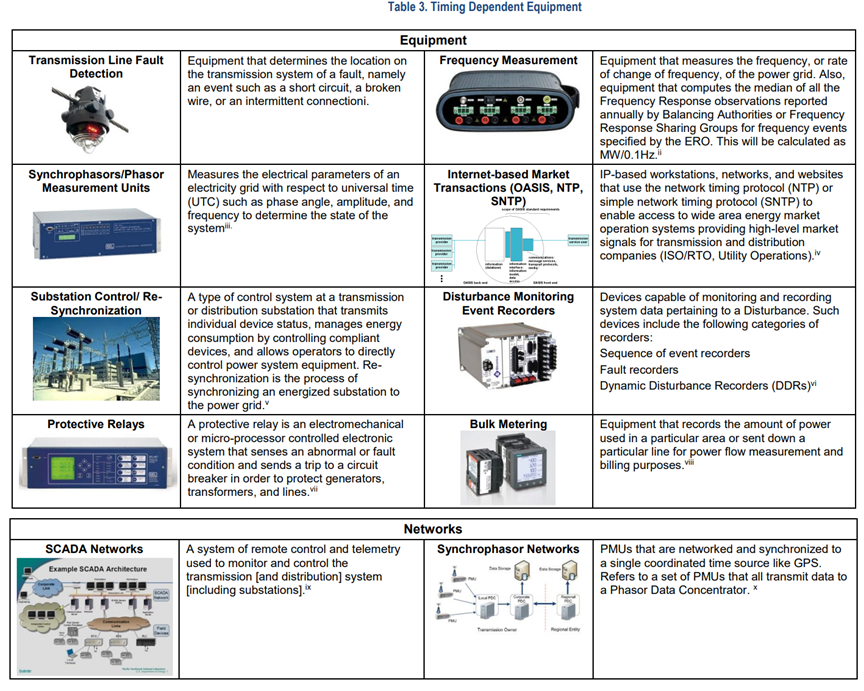Image: Shutterstock
What’s New: Dept of Energy published best practices for timing and the electrical grid.
Why It’s Important: Electrical grids use timing in at least 8 critical applications. See image from Mitre presentation below. 
What Else to Know:
- Timing from GPS and other GNSS can be easily disrupted. That is a challenge for grid operators.
- Dept of Energy is setting best practices, but is not establishing a network nor a service.
- It would be very difficult for Dept of Energy to require grid operators to follow to these practices.
- The author of the below article is president of the RNT Foundation.

DOE’s CAST best practices guide published
“It has been no secret — there are vulnerabilities within the timing and synchronization platforms used by the energy sector,” according to David Wells. Citing well recognized vulnerabilities associated with using signals from GPS, Wells said “…a secure, verifiable, and reliable solution is paramount.”
That’s why the Department of Energy (DOE) created the Center for Alternative Synchronization and Timing (CAST) at Oak Ridge National Laboratory. Wells is the program leader for CAST at DOE headquarters.
CAST’s mission is to research, establish and demonstrate best practices for timing within electrical grids.
As part of its efforts, DOE and the Oak Ridge team recently published “Implementing a Terrestrial Timing Solution: Best Practices.” The document is an important complement to the model network CAST has established to demonstrate practices and do further research.
Best practices in the document include discussion of:
- equipment needed
- various timing sources and transfer methods
- the need for environmental stability
- IEEE 1588 Precision Time Protocol
- hardware recommendations.
Implementing these best practices and establishing timing networks will be up to grid operators as encouraged by DOE’s Power Marketing Administrations.
Others are already taking notice, though.
Concerned about their ability to maintain land mobile radio networks and other applications when GPS is denied or manipulated, the National Guard, in coordination with Homeland Security advisors and emergency managers, has implemented its own terrestrial timing network across the states and territories. The project, Nationwide Integration of Timing Resiliency for Operations (NITRO), has already been implemented in seven states. Major General William Crane, adjutant general for West Virginia, said that NITRO and CAST are well aligned, and the NITRO team will be working with DOE to ensure that continues to be the case going forward.
Pat Diamond, a member of the President’s Space-based Positioning, Navigation, and Timing Advisory Board and a former consultant to CAST, contributed to the development of the best practices. He is also an on-going participant in timing forums such as the ATIS Sync Committee.
When asked for his view he replied “The CAST best practices lay out the how wide area time synchronization networks should be deployed. There needs to be a concerted effort for DOE jointly with the power generating industry to actually implement an end-to-end time synchronization network demonstrating that these best practices are cost effective, manageable and implementable to solve the technical limitations of GPS dependence within a power generating marketplace.”


